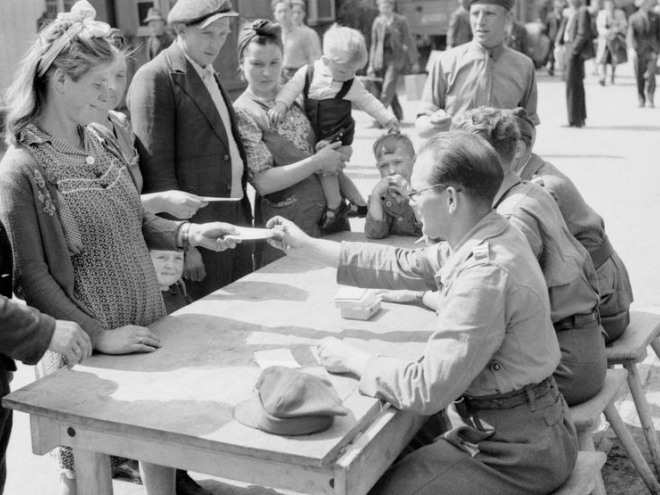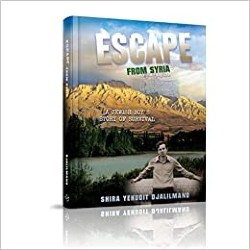When does a war end – when the military stops fighting, when the governments agree on a treaty, when the generals begin to write their memoirs? According to David Nasaw, the author of The Last Million, a thoughtful, panoramic study of the people who had no home to return to following World War II, none of these events marks the final end to a war. To these refugees with no place of refuge, the so-called end of the war was just the beginning of a process that would take years to play out; years in which more than a million displaced people struggled to find room for themselves in a world that was too tired and broken to help them.
The Last Million is not an easy read, filled as it is with pathos and pain, but it provides the framework, through it’s extraordinary sweep of history, to begin understanding one of the most monumental consequences of war: a group of people from whom everything was stolen.
In 1945, while the rest of the world was beginning to forge a peace, the concentration camp survivors, POWs, political prisoners, and slave laborers who had become entangled in the conflict were all desperately searching for a way forward within the chaos of Germany. No one was keeping order or stopping violence from occurring, and there were few resources available to help the lost, malnourished, and homeless find their way.
While repatriation was a solution for many, even after every last acceptable soul was resettled by the British and American authorities, more than a million displaced persons remained, this group being made up primarily of Jews. The global question became what to do with this diverse group of people who had no fixed national identity or sense of belonging. Unfortunately, no one had the answer.
Nasaw probes deeply into the reasons why the U.S., one of the last countries to grant resettlement rights to the refugees, offered thousands of visas to Nazi collaborators and war criminals, but few to Jews. He delves into how Cold War fears led the government to reject Jewish refugees suspected of being Communist sympathizers, allowing them, instead, to languish for years in displaced persons camps, yearning for stability, a country to call home, and a beginning to their future.
The Last Million is a gripping account, with over twenty images, maps and photos dispersed throughout adding depth and color to a narrative already brimming with literary texture. A professor of history at the CUNY Graduate Center, Nasaw guides the reader along the journey of the refugees with a beautifully crafted touch. The last hundred pages contain carefully curated notes and a detailed index that will be useful to scholars and lay readers alike in grasping the enormity of the problem and the complexity of the few solutions set forth to resolve it.
Linda F. Burghardt is a New York-based journalist and author who has contributed commentary, breaking news, and features to major newspapers across the U.S., in addition to having three non-fiction books published. She writes frequently on Jewish topics and is now serving as Scholar-in-Residence at the Holocaust Memorial & Tolerance Center of Nassau County.





